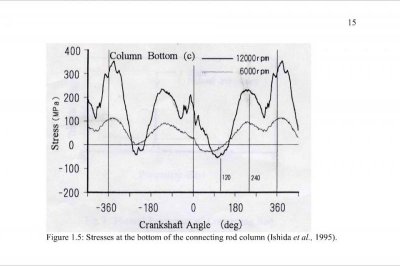I think its kind of neat to see load on a piston. It does look like static loading on the surface but when you pick a tq number to plug in the equation, its at a given rpm for that tq number even though the rpm isn't put into the equation. You're right though, who knows where this came from and who uses it, all the losses from friction put the real numbers way off anyway.
That's the nice thing about math. There aren't opinions, only right answers and wrong answers. I shouldn't have gotten all worked up in the first place though. Sorry RJRENTON, maybe you know some things about this that I don't and can set me straight.


















